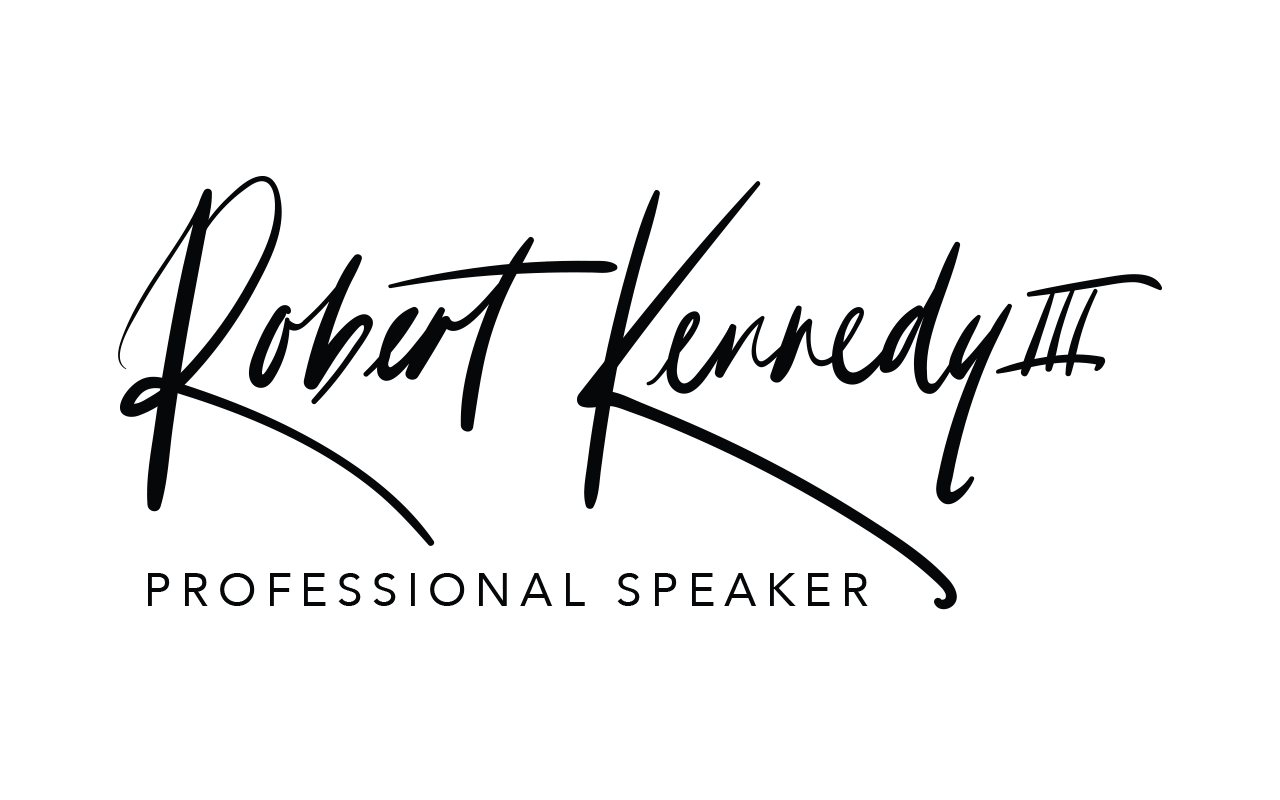
I’m a storyteller. It’s what I do daily. And I help others figure out how to tell theirs. When I work with corporations, the stories are driven by the information they need to share with their teams. But, ultimately, they are still stories which need to be told.
However, not all stories are created equal. Some stories are yours and other stories belong to…well, someone else.
When I first started speaking, I would try to say things that were inspirational and motivational. I would reach back into my 10th grade Honors English toolkit and pull out some alliteration. I’d dive deep into my metaphoric briefcase searching for something witty. The goal was to impress the people I was speaking and make them believe that I was a good speaker.
They, the audience, would smile and politely clap because I was talented enough to keep their interest.
“Good job!” and the obligatory pat on the shoulder.
But, to be honest, even as I accepted the compliments, I was bothered. I knew something was missing. I could FEEL it! I was on stage, talking into a mic. But, there was a wall between me and the audience and I could FEEL it.
Maybe they didn’t sense it because they didn’t know me but I KNEW it!
The basic structure was this. I was given a topic.
I’d find out a little about the audience. I’d tell them about my background. I threw in a joke or two. Then I would dive into the information. Once I got through the information, I’d let them know what was next.
Sometimes, during the delivery of information, I’d tell a story because I knew that stories connected with people. But, the story was always about someone else. I told stories about Glenn Cunningham, Wilma Rudolph and others. I told stories of determination and success. I talked about how you could be courageous in everything you do.
Until I was asked, “Robert, so how did YOU deal with failure?”
As I stopped, thought and then began to answer, I realized there was a different look in the eyes of the audience. There was a look that stared past the wall I’d previously set up. There was an expression on every face that said, “we want to know what you did so we know if it’s possible for us.”
I was telling other people’s stories. The only problem was “other people” weren’t there at that moment, in front of the audience.
The looks on their faces made me realize something. I hadn’t told my story because I didn’t think it was spectacular enough. I hadn’t been to war. I hadn’t lost any limbs. I’d never swam from Cuba to Florida. I hadn’t lived through anything particularly traumatic. I’d never been homeless.
But, as I told my story, I realized I’d been unsure, insecure, led astray, believed lies about myself, made bad decisions, missed opportunities and clues. THIS was the stuff that connected. This was the stuff that made me real.
As I told the story, I became aware of the strands which had connected all along. I saw patterns. I saw the stuff I’d missed as I hid behind the stories of others.
And THAT’S the power of your story. When you begin to authentically tell it, you reveal yourself to the world but you also begin to truly find YOU!
If you are a speaker or have the opportunity to present, how can you inject your story into the conversation? How can you create a connection by showing how the content affects you?
People want to know that you aren’t just selling them something. They want to know that you believe in it yourself.
Remember that hair club commercial from the 80’s? Sy Sperling always ended the commercial by saying, “I’m not only the hair blue president, I’m also a client.”
You can give information by sharing data, details and the stories of others. But you connect by discovering and sharing your story.
On Sunday, August 13th, I’m helping a small group figure out how to craft their story and deliver it with AUTHORITY. Reserve your spot.


